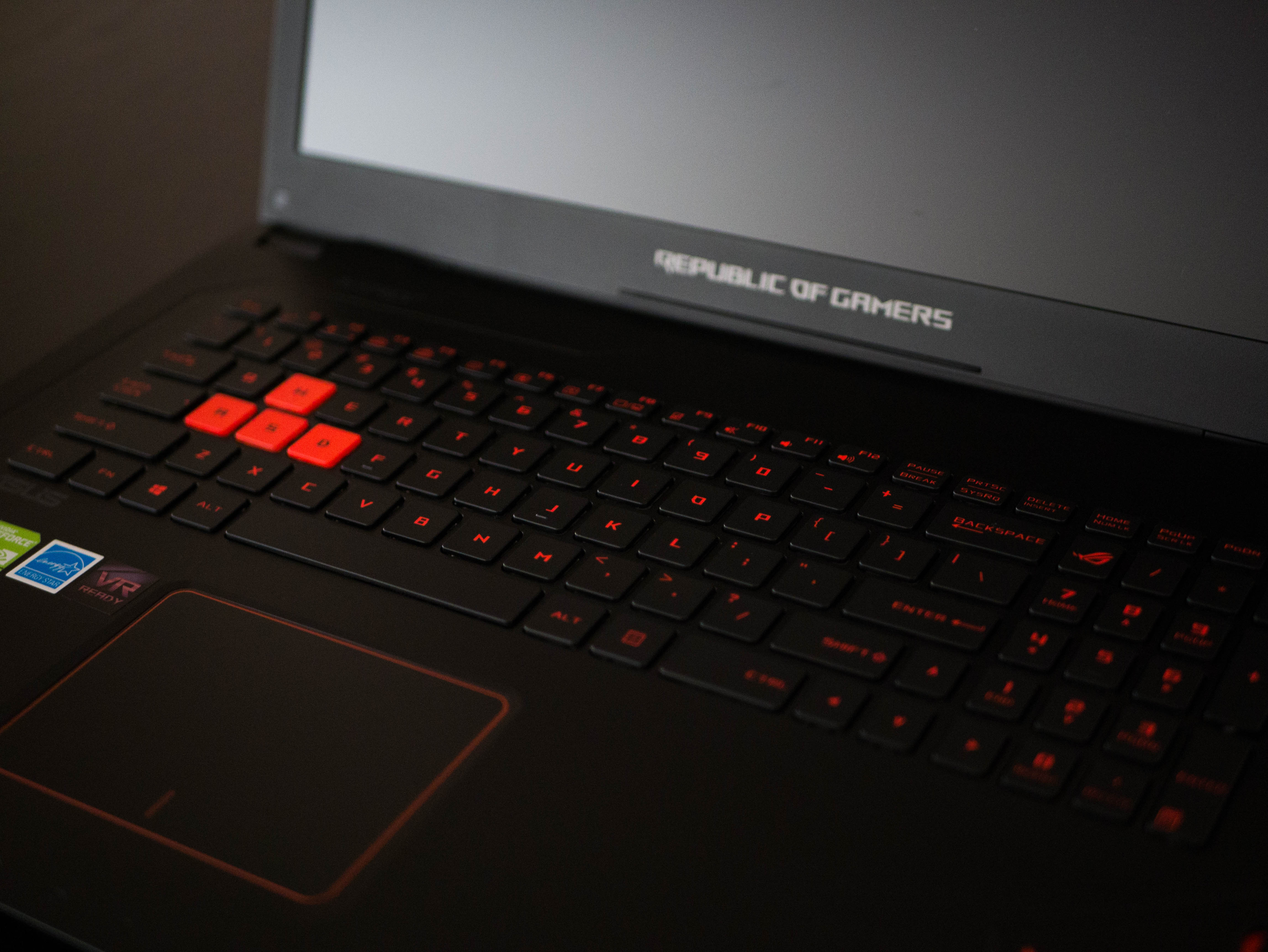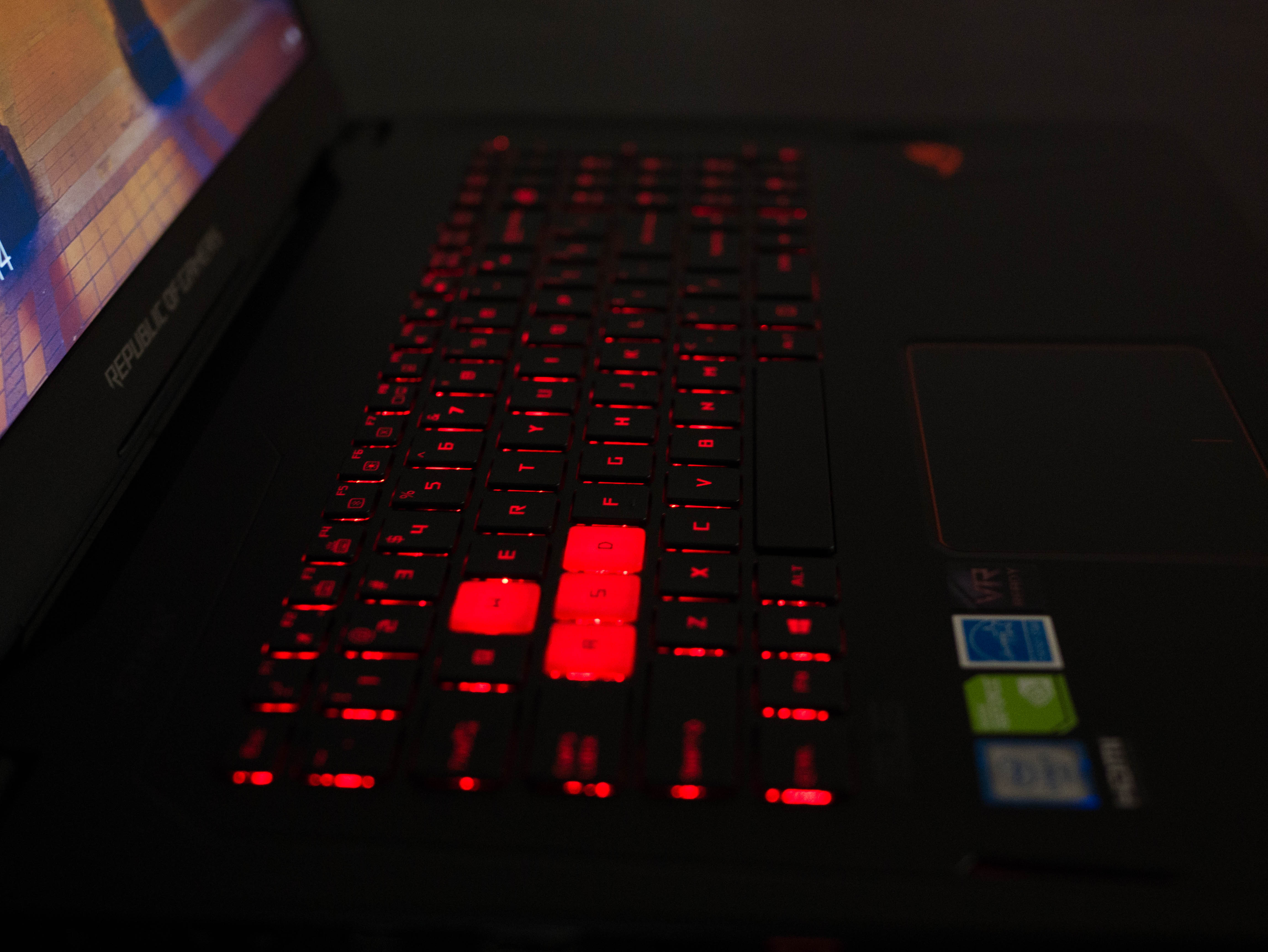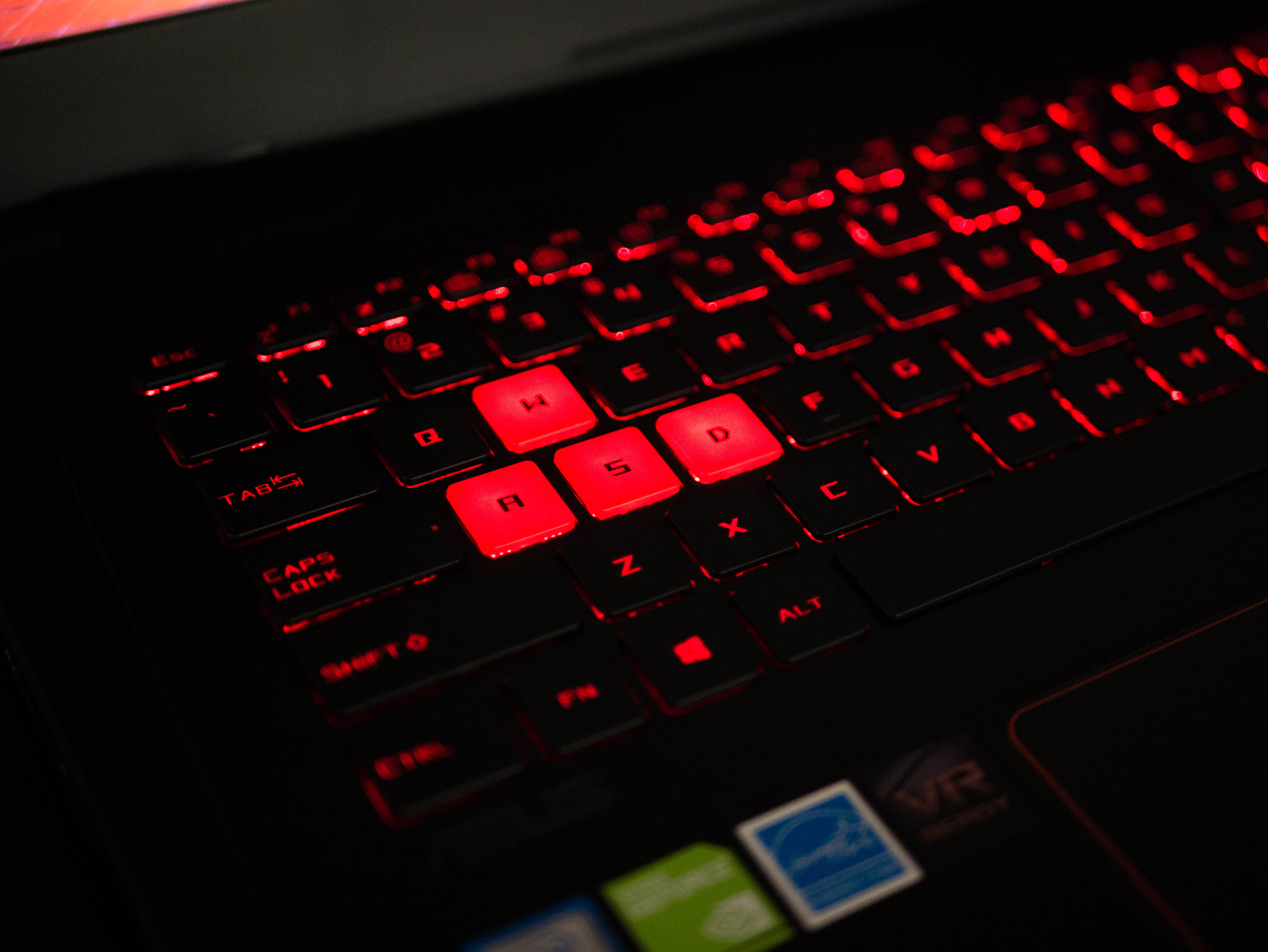Asus Strix GL702VM-DB71 Gaming Laptop Review
Why you can trust Tom's Hardware
Price Analysis And Conclusion
The Asus Strix GL702VM-DB71 is hard to beat at this price. The GTX 1060 sits at the low end of what's possible in a high performance gaming laptop, and the Asus Strix 17 embodies this value-oriented sweet spot, going head to head with its little brother, the GL502VM-DB71, and MSI's Stealth Pro, which climbs above that magic $1,500 mark, but includes an SSD and comes in a thin, light package. In this value segment, trade offs abound.
In our synthetic and productivity tests, the Strix 17 falls behind slightly, but the results are all within a margin of error. In game benchmarks, the Strix 17 proves to be a worthy challenger, besting the Strix 15 in most of the tests, albeit by a slim margin.





Speaking of price, the Asus Strix 17 seems to vary from seller to seller based on the amount of VRAM that comes with the Nvidia GTX 1060. On Newegg the DB71 configuration is priced at $1,300 and only has a 3GB GTX 1060, whereas Amazon lists the DB71 at $1,400 with 6GB of VRAM. We tested the version with 6GB of VRAM. Asus also offers the Strix 15 for $1,400 as well. That means for no additional cost (assuming there are no special promotions occurring when you're shopping) and no performance compromises, you can step up from a 15.6" display to a 17.3" display. Add the additional battery life and this could be a no-brainer for those who prefer the larger footprint and display real estate.
Keep in mind that the 17" Strix gaming laptop doesn’t disperse heat as well as its smaller counterpart, which is a shame considering how well the cooling system in the Strix 15 performed. On average, the Strix 17 performed at around 8°C hotter than the Strix 15, with the temperature difference growing to nearly 10°C at max.
Additionally, one of the GL702VM’s main selling point is its G-Sync display. The G-Sync panel offers smooth performance at less than optimal frame rates. Unfortunately, the G-Sync display's smooth performance is hindered a bit by a lackluster display. In particular, the grayscale and overall average color differences were too high to go unnoticed, and we found the gamma point to dip considerably at mid to maximum brightness.
Size and battery life make an interesting dynamic in particular, because on one hand, the Strix 15 makes for a lighter and more portable system for traveling. On the other hand, the Strix 17 offers over two hours of battery life, which can be vital for travel. You'll have to weigh the options according to your needs.
MORE: Best Gaming Laptops
Get Tom's Hardware's best news and in-depth reviews, straight to your inbox.
MORE: All Laptop Content
Current page: Price Analysis And Conclusion
Prev Page Battery, Thermal, And Display Testing-
dingo007 2 memory slots?? on a Skylake based laptop?? #AsusROG gamers build. You have to be joking. A Clevo/Sager has 4 slots for 64Gb capacity.Reply -
Clamyboy74 It makes no sense on how a 17in laptop cant disperse heat more effectively than a 15in. Asus should had added in larger fans/more heatpipes rather than sticking with the same system as their 15in model imo.Reply -
Pompompaihn So...this is a GAMING laptop...and it's been fairly well proven that quad channel effectively does nothing, or in some cases even hinders, performance in gaming where latency is more of a factor than raw speed. For that matter single channel is sometimes even faster than dual channel. So yeah, it makes complete sense for it to be limited to dual channel in a value priced gaming laptop. If you're using this for encoding or editing you'll get decent performance but this isn't your ideal set up, nor is it being marketed as such.Reply
As an owner of this laptop, it's just fine for anything I throw at it. Got it for $1299 and dropped a 500GB 850 EVO m.2 in it that I grabbed for $129. $1430 and it runs like a scalded cat. I'm not sure what more you can ask for at that price point. -
TJ Hooker @PompompaihnReply
# of slots is not the same as number of channels. Typically you have two slots per channel. For most 17" laptops, especially gaming ones, it's pretty standard to have 4 slots. -
William Henrickson Bought the 128GB SSD/1TB version for $1299, removed the HDD for noise reasons and put another 128GB SSD in I had laying around. Will do a 960 EVO next time it goes on sale. Very happy.Reply -
Pompompaihn @TJ HookerReply
Fair enough, but I don't see any advantage at this price point. I can chuck an extra 16GB stick in for 32GB, I don't know what on earth I'd need more than that for in a value gaming laptop. I guess I just don't understand it as a criticism. It's $200 cheaper than comparable 17" 1060 laptops (or, was at time of my purchase...and I did a lot of looking). If you're buying this to run a half dozen VMs, then you purchased the wrong laptop....but as a cheap gaming laptop, this will run -games- as fast as any other similarly equipped gaming laptop regardless of how many more RAM slots it has, and that's the factor in the equation that matters at this price point. -
ledhead11 @POMPOMPAIHNReply
I have to agree with you. I'm running 16GB on my desktop 1080p system and games never really go much more than 2-4 with a few exceptions. I've got 32GB on my other 2 systems and even at 4k I've yet to see it used in games and this is a gaming laptop not a workstation. By the time 32GB is needed for games there's not much about this laptop that wouldn't already be out of date. Vram is another story and at 1080p the 6GB will pretty much cover all games. -
ledhead11 @CLAMYBOY74Reply
I also agree with you. It seems like Asus cut corners to keep the price down by simply making a larger case for the display and probably re-used everything else. A strategy like that would allow most internals to be mass produced for lower costs. Anyone who puts a SSD in one needs to be careful, nand doesn't like high temps. Definite trade off but it could be worse.
I'm happy to see Asus and a few other manufacturers breaking with the idea of $2000-4000 'gaming' laptops. It's really gotten out of control lately. So little but costing so much. Almost every time I see the label 'gaming laptop' slapped on something I feel there's an exec who should be slapped for lying. -
Pompompaihn @LEDHEAD11Reply
Yeah, this bugger does get HOT, but haven't noticed any throttle issues with the CPU/GPU. The 850 EVO is probably going to have a shortened lifespan from heat, but it's a trade off. Nice thing is with the 1TB spinner drive in there I just back up the EVO to it so worst case I'm just back to slow and spinny. -
huyenthoi As an owner of this laptop, it's just fine for anything I throw at it. Got it for $1299 and dropped a 500GB 850 EVO m.2 in it that I grabbed for $129. $1430 and it runs like a scalded cat. I'm not sure what more you can ask for at that price point.Reply
<a href="http://happywheelsaz.com?rel=ugc" >happy wheels</a> |